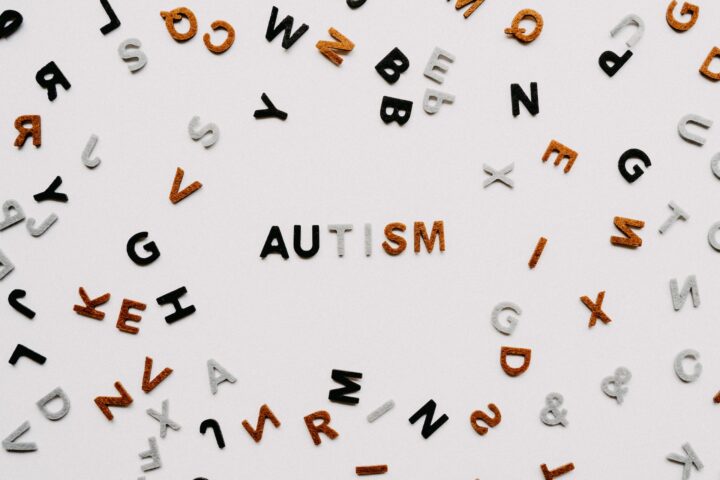Youth sports play a crucial role in communities across California, providing numerous benefits and contributing to the overall well-being of individuals, families, and society as a whole. Here are several reasons why youth sports are important to communities in California:
- Physical Health and Fitness: Engaging in sports activities helps children and adolescents maintain good physical health and fitness levels. Regular exercise through sports promotes cardiovascular health, enhances muscular strength and endurance, improves coordination and motor skills, and contributes to healthy weight management. By encouraging an active lifestyle from a young age, youth sports combat the rising rates of obesity and related health issues.
- Mental and Emotional Well-being: Participation in sports has a positive impact on mental and emotional well-being. Physical activity releases endorphins, which can reduce stress, anxiety, and symptoms of depression. It also promotes better sleep patterns and improves overall mood. Through sports, young athletes develop discipline and resilience and learn to cope with both success and failure. Team sports foster camaraderie, social connections, and the development of interpersonal skills, boosting self-confidence and self-esteem.
- Skill Development: Youth sports provide opportunities for skill development in various areas. Athletes learn and refine physical skills specific to their chosen sports, such as agility, coordination, speed, and endurance. Additionally, they acquire essential life skills like teamwork, communication, leadership, problem-solving, and decision-making. These skills are transferable to academic settings, future careers, and other aspects of life, contributing to well-rounded personal development.
- Academic Performance: Research suggests a positive correlation between youth sports participation and academic performance. Engaging in sports teaches discipline, time management, and goal-setting, skills that are crucial for academic success. Furthermore, regular physical activity has been shown to enhance cognitive function, memory, and attention span, ultimately benefiting academic achievements.
- Community Building: Youth sports act as a catalyst for community building and social cohesion. Families, friends, and community members come together to support local teams and athletes, fostering a sense of belonging and unity. Sporting events and competitions provide opportunities for social interaction, community engagement, and cultural exchange. Youth sports leagues and clubs often organize community service initiatives, promoting social responsibility and giving back to the community.
- Talent Development: California has a rich sports culture and a history of producing talented athletes. Youth sports serve as a breeding ground for identifying and nurturing young talent. Local sports programs provide aspiring athletes with opportunities to receive professional coaching, access training facilities, and participate in competitive leagues. This talent development pipeline contributes to California’s sporting success and maintains the state’s reputation as a hub for athletic achievement.
- Health Awareness and Injury Prevention: Youth sports programs promote health awareness and injury prevention. Coaches and trainers educate young athletes about proper nutrition, hydration, and the importance of warm-up exercises and stretching. They also teach injury prevention techniques and techniques to avoid overexertion or burnout. By instilling healthy habits and knowledge about injury prevention, youth sports programs contribute to the long-term well-being of participants.
Youth sports are important to communities in California due to their positive impact on physical health, mental well-being, skill development, academic performance, community building, talent development, and health awareness. These benefits highlight the significance of investing in youth sports programs and supporting young athletes in their pursuit of a well-rounded and healthy lifestyle.
What Are the Surprising Benefits of Youth Sports Programs?
While youth sports programs are known for training the next generation of professional athletes, they have many other benefits that may surprise you. Professional athletes, who may be the face of youth sports programs, earn money by participating in competitions and through endorsements. Here’s an overview of five ways youth sports benefit kids:
1. Improve physical health
Physical activity is an essential part of a healthy lifestyle, and youth sports programs help children and adolescents enjoy the benefits of physical activity during their early years. It provides a structured environment for children to learn healthy habits while simultaneously developing core physical skills necessary for later years.
While some youth sports may seem more competitive than others, each one teaches young athletes essential skills and values. Athletes in individual sports (such as swimming, track, gymnastics, etc.) learn self-discipline and how to balance the demands of school sports with extra practice sessions. More team sport-oriented programs (such as soccer, football, and basketball) help children to learn leadership and communication skills. Competitive or not, your child will benefit from participating in a youth sport.
2. Improve mental health
Sports help children develop healthy relationships with others, increase their self-confidence, and boost their emotional well-being. The benefits of youth sports are immense as they allow young athletes to interact with their peers in a positive environment. Team sports teach kids how to cooperate and build trust with the people on their team. Individual sports, such as swimming, tennis, or gymnastics, teach children to work hard on themselves and improve at something that they love over a long period of time.
The benefits of youth sports are not limited to athletes alone. The sports programs are beneficial for the kids who participate in them. Coaches and volunteers help young athletes develop social skills and work together as a team. This team atmosphere leads to a sense of belonging, which is crucial for mental health in children and adolescents.
3. Promote social connections
Youth sports programs bring together children from diverse backgrounds to form lifelong relationships. Children develop a sense of belonging through the team setting, community involvement, and future plans with their teammates. Sports help children learn how to deal with stress and manage conflict. Youth sports are social activities that may be used as a mediation tool and a means of building social connections between children, which are often neglected in modern society.
4. Improve academic performance
Children who participate in youth sports tend to have higher levels of concentration and attention. During school-related activities, for example, sports allow children to focus on the present moment without worrying about future obligations. Sports provide students with the opportunity to enjoy the game and experience the adrenaline rush, which helps to develop skills such as focus and long-term memory.
5. Teach important life skills
Youth sports are a great training ground for children who are pursuing a goal of their own. Coaches and mentors teach young athletes how to plan for the future, how to reason, and how to deal with the challenges of life. Coaches and mentors serve as role models and can motivate kids to work hard in sports. For some kids, sports help them develop a sense of belonging, self-confidence, leadership skills, communication skills, leadership qualities, and more.
Who’s liable when a child is injured playing a sport?
When children participate in sports, they are expected to follow the rules that are set by the leagues and organizations. When these rules aren’t followed, such as failure to wear protective gear or participation in activities beyond one’s ability, a child can be injured. According to a recent report from the National Organization of Youth Sports, over 1 million youth sports-related injuries occur each year in the United States.
If a child is hurt during a game or practice, the parent may be liable for medical bills, missed school days, and reduced athletic ability. While courts will usually side with the sports organization and the coach in these types of cases, parents may still want to pursue a personal injury claim against the other parent. If both parents agree to share legal responsibility equally, it can create amicable solutions for all parties involved.
In Conclusion
Youth sports programs benefit children and adolescents in many ways. They also provide benefits for the volunteer coaches and mentors who work to help children succeed at sports. While participation in youth sports is essential for healthy growth, parents can protect their child’s health and well-being through involvement in community-based programs that cover safety concerns throughout the operation of any type of organized sport for young athletes.
















